Have you noticed an influx of yellowjackets at hummingbird feeders and where jelly is put out? Do birds get stung by the yellowjackets? Sometimes, but most often when yellowjackets think their nests are threatened.
Here are some suggestions to reduce the abundance of yellowjackets at bird feeders: you can put nectar guards on your hummingbird feeders to prevent access to the sugar water by yellowjackets; do not have yellow parts on your feeders because yellow attracts yellowjackets; and add mealworms to your feeders as their presence discourages yellowjackets and they are good protein for the birds.
More waterbirds arrived this week. Most notable is the whimbrel, a large crow-sized shorebird with a long down-curved beak. On July 13 David Benvent spotted one at Quansoo. The previous day, the same observer found a western willet, a paler subspecies of willets that nest in and around our salt marshes, at Norton Point.
The third arrival this week is the Forster’s tern. We most frequently see this species as a fall transient. Three different birds were found on July 11: Seth Buddy saw one at West Chop, Guy and Susan Babineau spotted three at Red Beach on Menemsha Pond, and Ingrid Messbauer watched three at Wasque.
Bald eagles are back after a short hiatus. On July 6 David Benvent spotted a mostly-dark immature as it flew across State Road in Chilmark. The next day he found an adult being mobbed by four ospreys over a marsh at Felix Neck. On July 9 Sharon Hubregsen watched an eagle steal a fish from an adult osprey and then eat it along the shoreline of Edgartown Great Pond. And finally, Steve Allen observed an adult at Felix Neck on July 15.
Another fish-eating bird seen this week is the belted kingfisher. Polly Basset observed one at John Butler’s Mudhole on July 7. Jeff Bernier saw it there on July 13 and the Martha’s Vineyard Bird Club spotted one there on July 17.
Elsewhere around the Island, Benjamin Clock found one along Beach Road in Vineyard Haven on July 9; Guy and Susan Babineau watched one at Red Beach on July 11; on July 13 Peter Enrich found two at Sepiessa and Dan Goldfield observed three at Felix Neck; and Seth Buddy saw one on the beach at Mink Meadows on July 17.
Loons are yet another fish-eating species seen in small numbers — especially in Menemsha Bight. So, it is not surprising that Sam Scarfone spotted both red-throated and three common loons on July 14 in Menemsha Pond, the same day that Bridget Dunnigan and Sea Williams saw two common loons in Menemsha Bight. On July 16 Guy and Susan Babineau found a red-throated and common
loon there. Tori Fay found one on July 15 in the ocean south of Chilmark Pond.
Great blue herons do not nest here but a few are around. This week, Dan Goldfield found one on July 13 at Felix Neck and Steve Allen found one there on July 16. Sea Williams and Bridget Dunnigan saw one in Menemsha harbor on July 14. Susan Whiting found one at the northern end of Tisbury Great Pond on July 16. Seth Buddy observed one near Mink Meadows on both July 16 and July 17 and Lisa Maxfield has had one regularly at Brush Pond in June and July.
The black-crowned night heron is a medium-sized heron that we are pretty sure nests at the Oak Bluffs pumping station and at Sheriff’s Meadow Sanctuary, but they can be found elsewhere too. On July 8 Sea Williams and Bridget Dunnigan saw one near Sepiessa; on July 11 David Benvent observed one at Squibnocket Pond; and on July 12 Guy and Susan Babineau spotted one at Norton Point, Dan Goldfield observed one on July 13 at Felix Neck and another the next day in Menemsha.
There are lots of sightings of green herons, our smallest heron. David Benvent found them at three locations: one at Trapps Pond on July 12, another at State Beach on July 15 and three at Eastville Point Beach on July 15. Alex Lin-Moore watched one near the Vineyard Haven harbor on July 10, Steve Allen and the Felix Neck’s Early Birders found two on July 13 and that day Jared Smith spotted one at Farm Pond. Geoff Hill observed one at Sheriff’s Meadow Sanctuary on July 15 and Seth Buddy saw one at the beach at Mink Meadows on July 16.
Snowy egrets are more common than they were a few years back. David Benvent saw one at Trapps Pond on July 12 and another at Squibnocket Beach on July 13. Geoff Hill found one at Dike Bridge on July 16, the same day that Seth Buddy watched one at Mink Meadows.
Great egrets are our most common summer wading bird. David Benvent saw one at Trapps Pond on July 12, six in Menemsha and two more at Squibnocket Beach all on July 13, and one at Lobsterville on July 16. Geoff Hill found two at Sheriff’s Meadow Sanctuary on July 15 and one at the Dike Bridge the next day. And Seth Buddy saw one at Mink Meadows Beach on July 16.
I cannot write a whole column without mentioning songbirds! On Old Fields Path in Chilmark, Susan Whiting spotted two adult and three young eastern bluebirds on July 8. As of July 11, Sandy Welch had the next generation of eastern phoebes — four of them — about to fledge from a nest on her porch.
Two scarlet tanagers were reported this week; Bob Shriber saw one in Aquinnah on July 12 and I heard one singing along the white trail at Cedar Tree Neck on July 15.
I will close with a harbinger of the coming autumn. I spotted a murmuration of about 200 European starlings practicing their synchronized flights over Ox Pond Meadow on July 13. Let’s be charitable and say they still need to practice their maneuvers!
Please email your sightings to birds@vineyardgazette.com.
Robert Culbert is an ecological consultant with Nature Watch LLC living in Vineyard Haven.

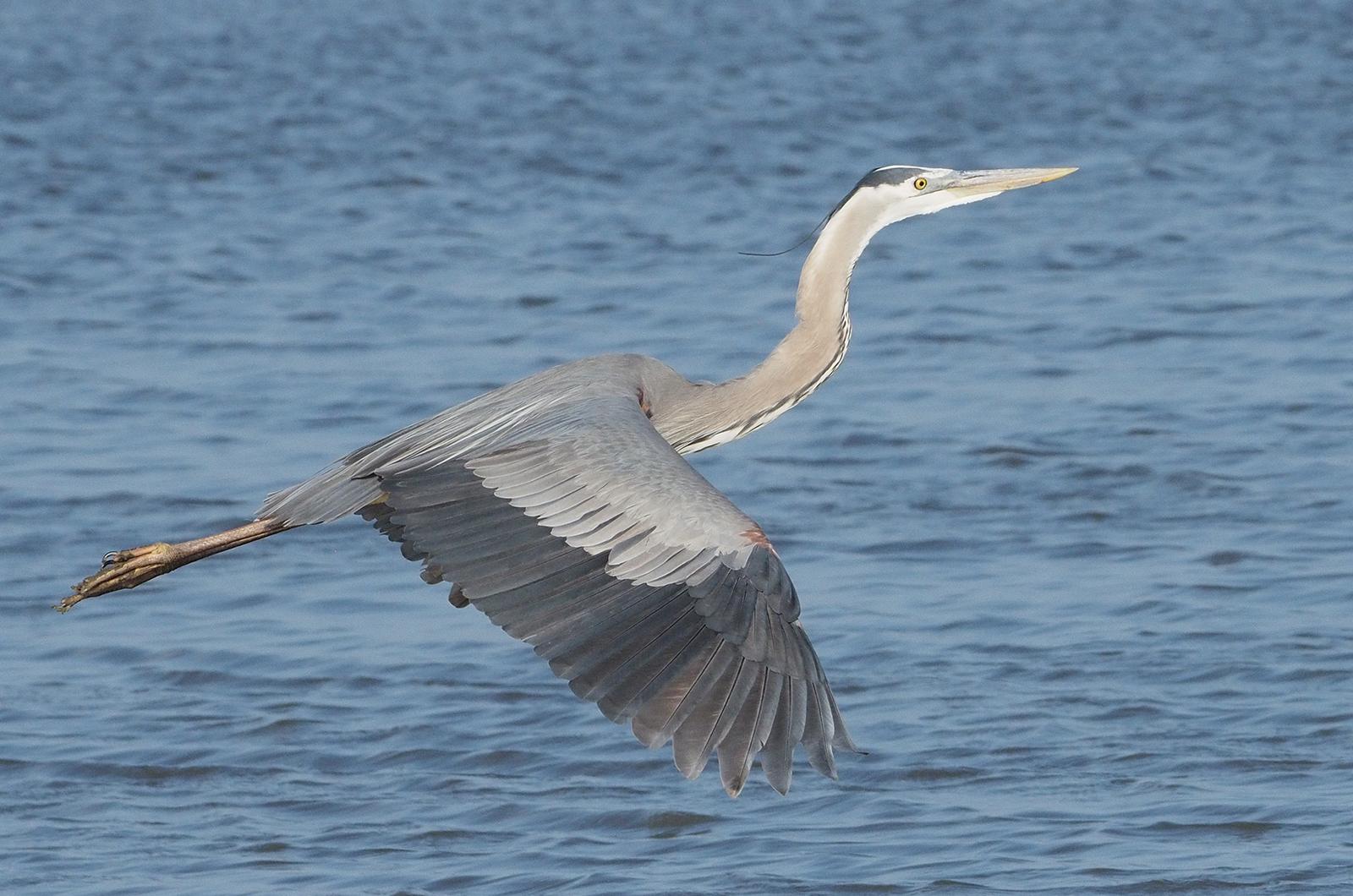
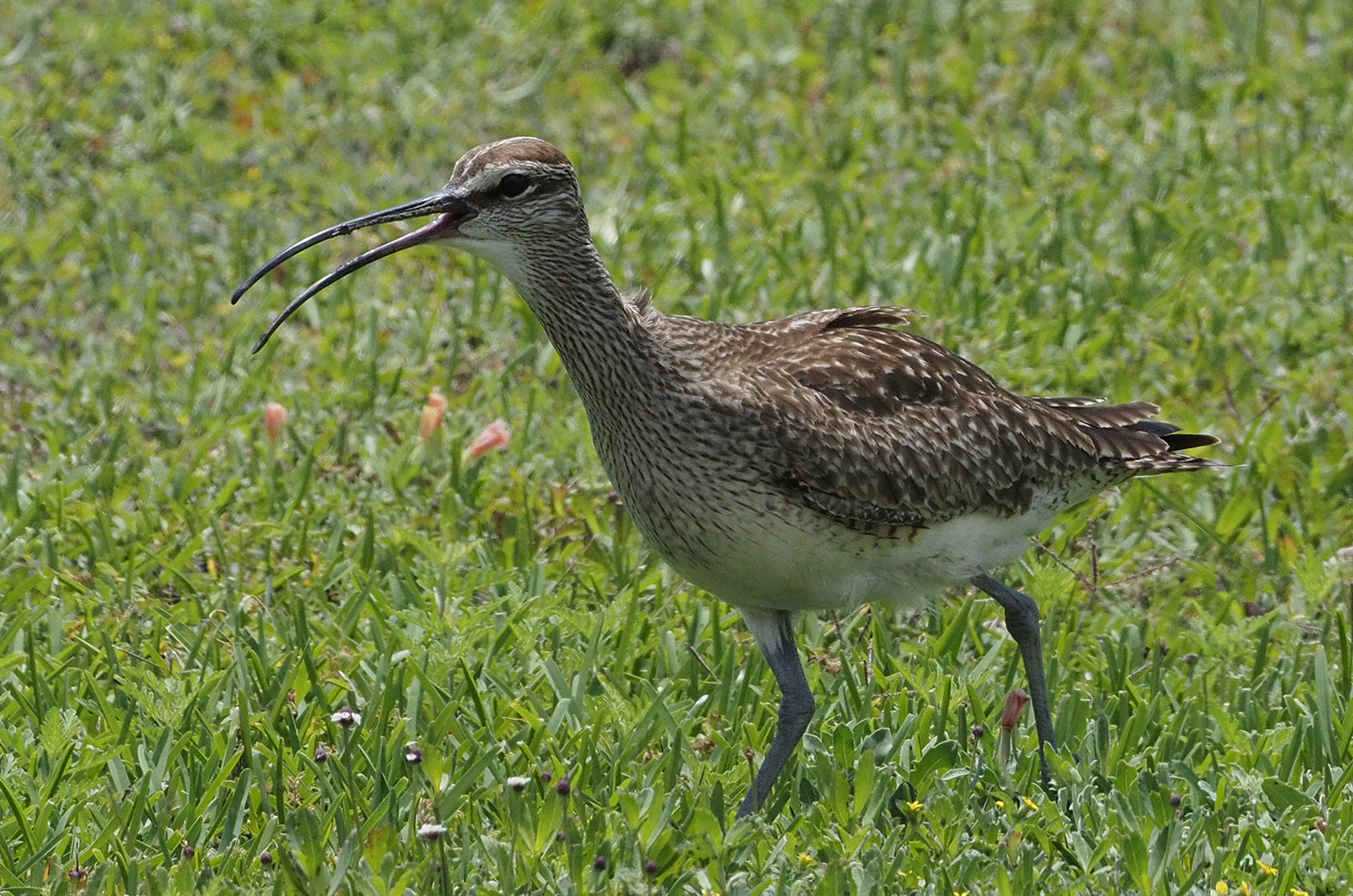
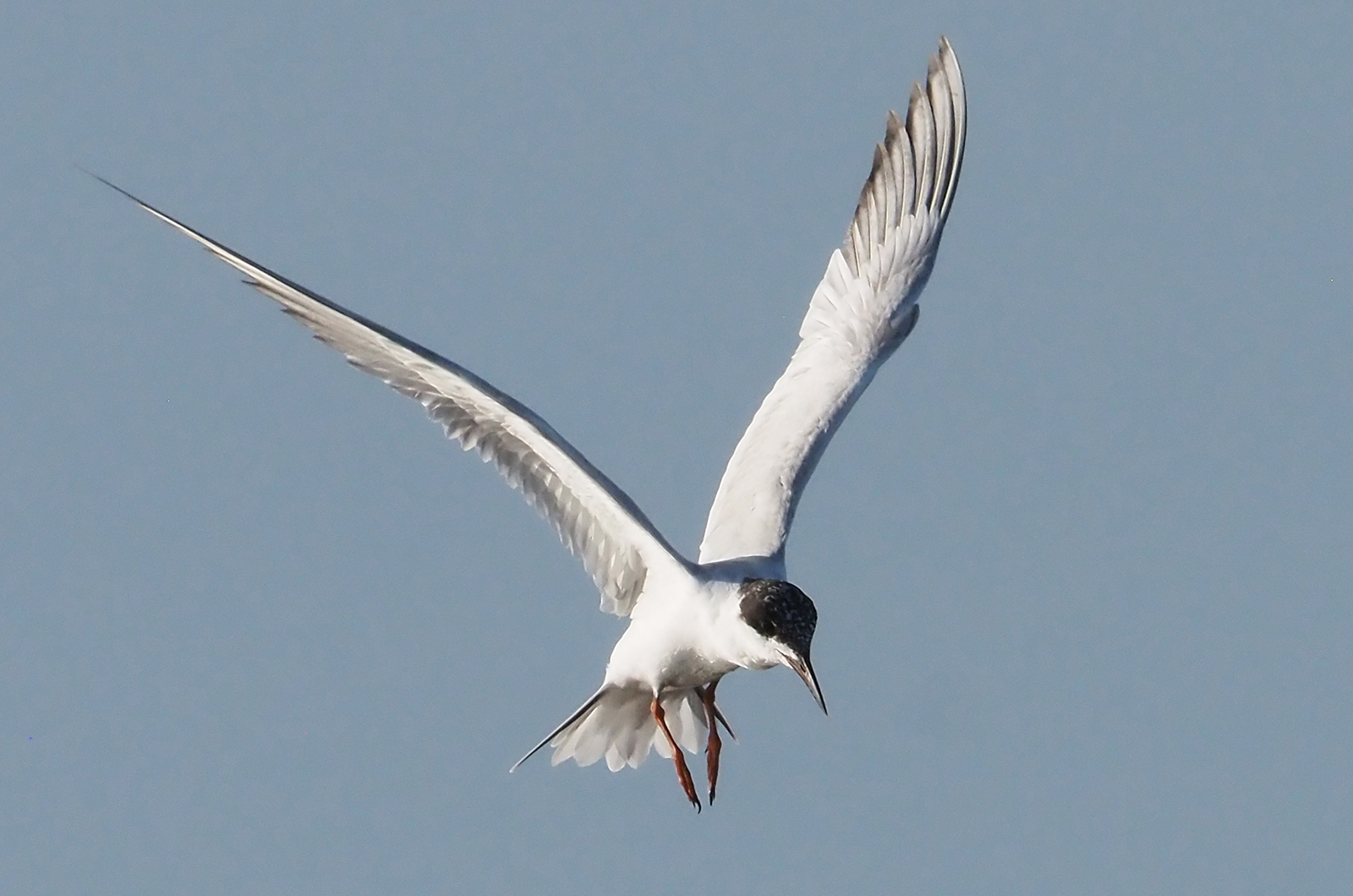
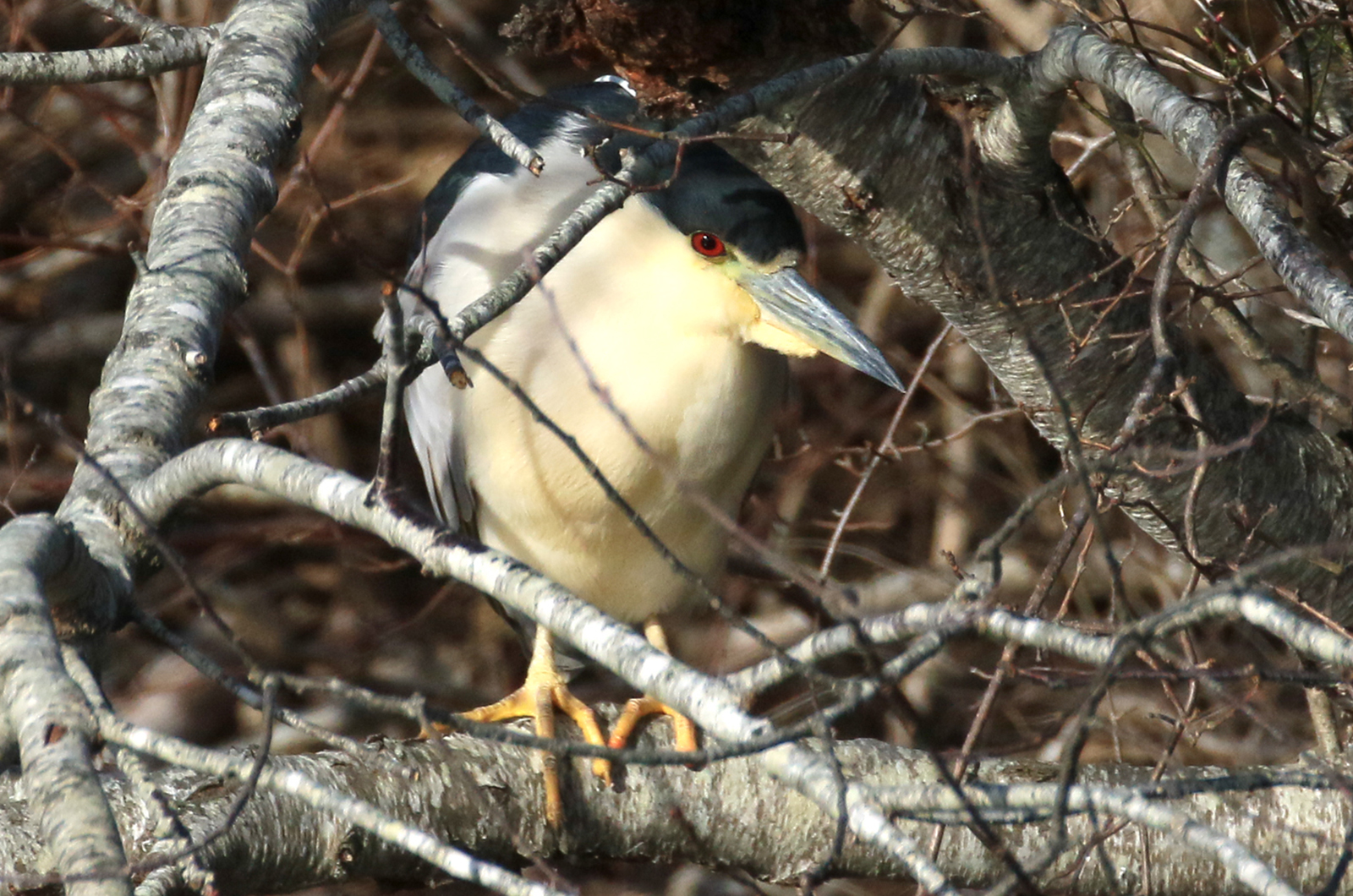
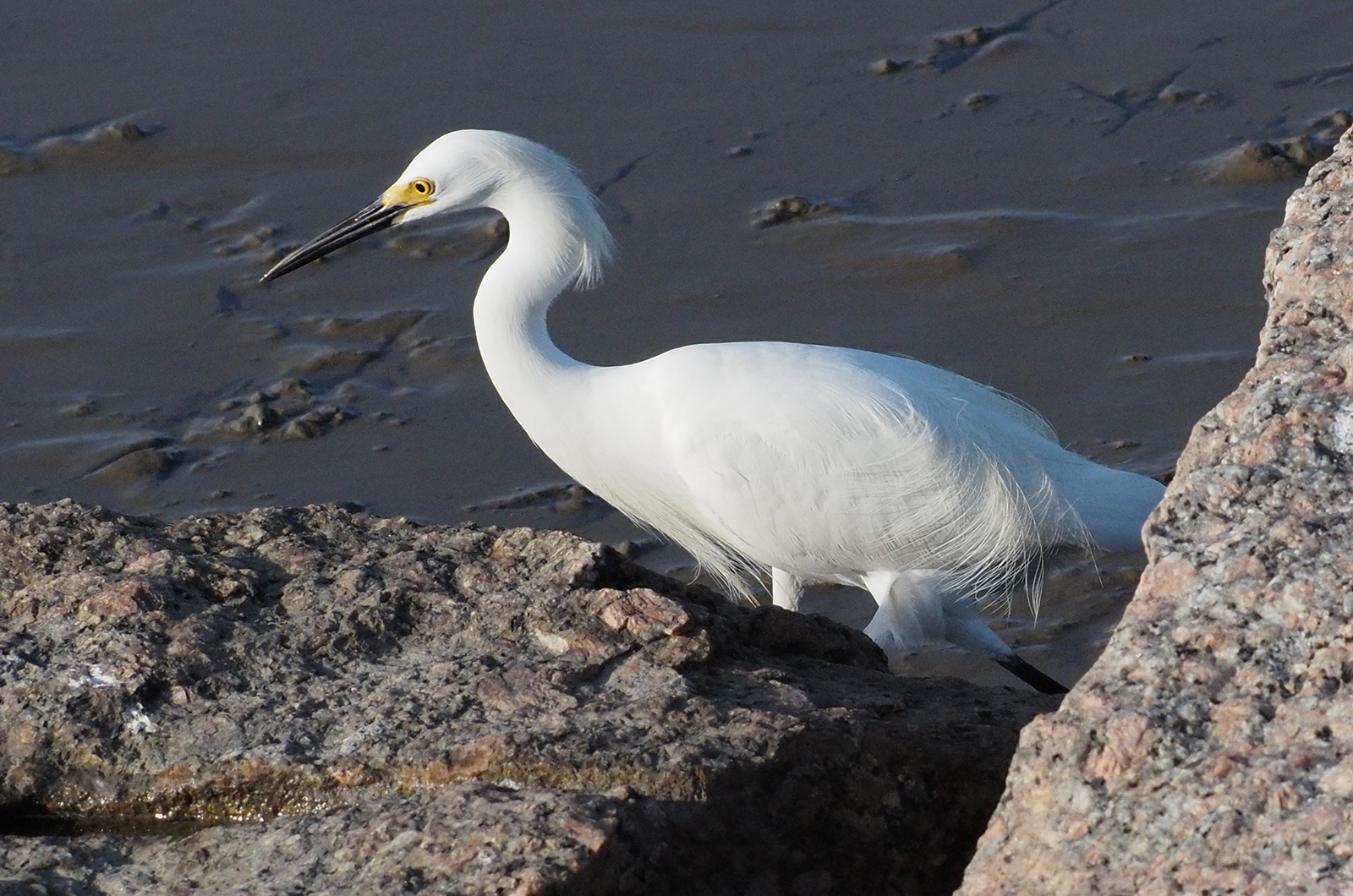
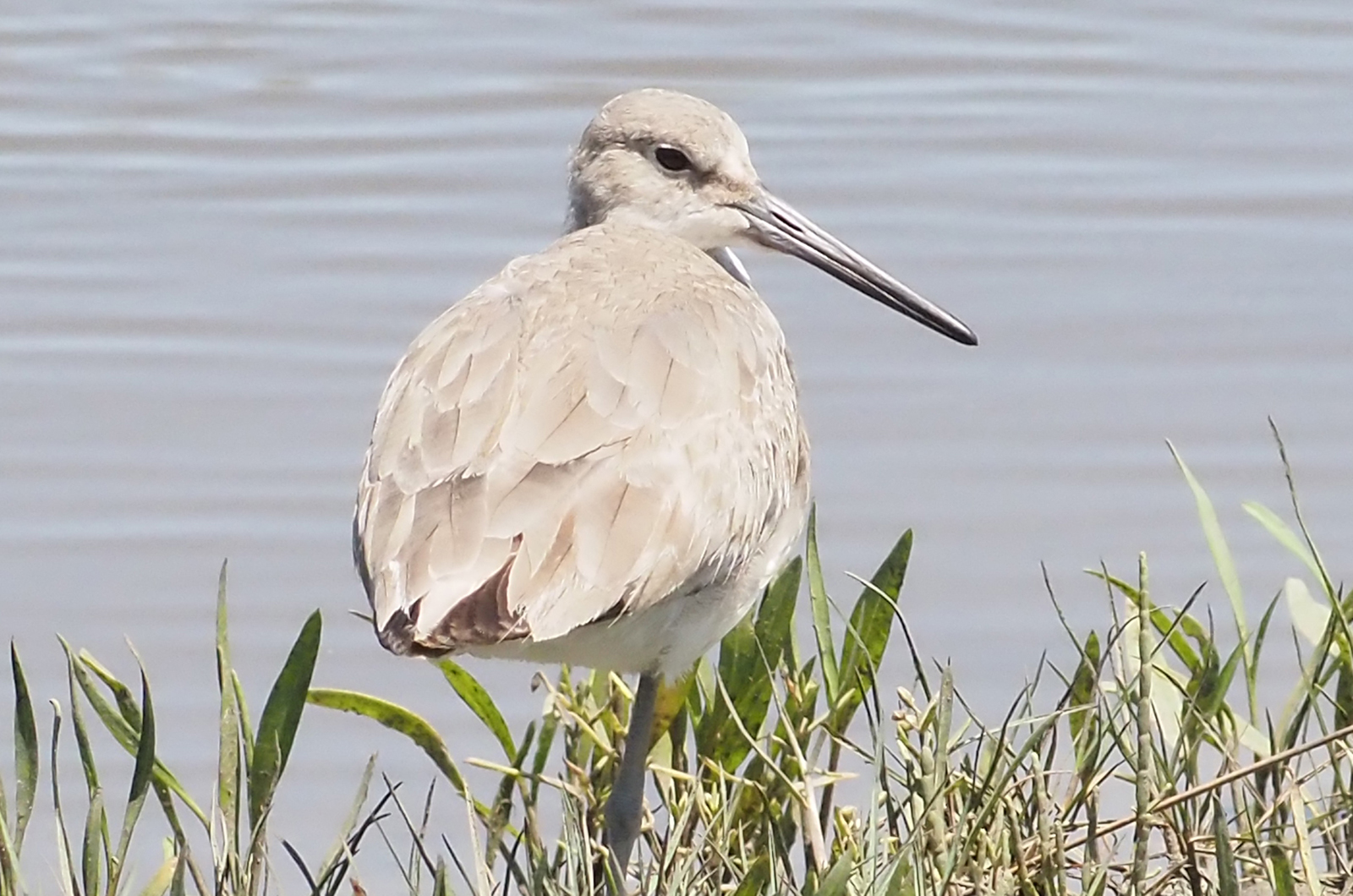


Comments
Comment policy »